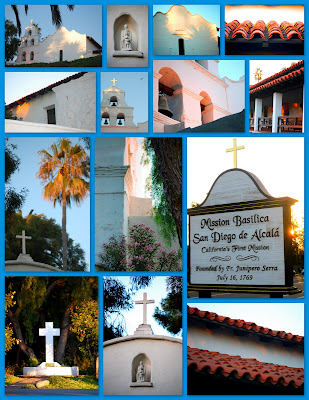How many generations in this country before one can say he is Native American?" I asked an Obijwe elder in Lac Courte Oreilles tribal reservation several years ago.
 |
| Native America from Black Hills of South Dakota to the Rocky Mountains of Idaho photos by JBP 2006 |
 |
| Medicine Mountain, Big Horn Mountains, Wyoming photos by JBP 2006 |
I am not sure what makes a place more sacred than another, but everyone should take a pilgrimage to any of the sacred places in North America. And just be there for a while.
My family and I had decided to drive from Madison, Wisconsin to Spokane, Washington for a small conference. I looked at maps and websites for interesting places we could stop, knowing the sacred has been recognized and marked by those that have gone before us.
There are a few native sacred sites that are protected by law. There are others that are protected by secrecy. In the middle of the Bighorn Mountains of Wyoming, high above almost everything else and several miles off from the parking lot, is the Medicine Wheel National Monument. It is an ancient ceremonial or astronomical site situated on a narrow ridge atop Medicine Mountain almost 10,000 feet above sea level.
 |
| Medicine Wheel aerial photo by Airphoto 2002 |
By ancestry, I am an American mutt, a human of mixed blood and genetic heritage. If I was a pie chart, I am mostly of European ancestry, but have roots into the beginnings of the United States and Canada. My great-great grandmother was native of the Mic Maq tribe in the Maritime Provinces of Canada. I grew up largely unaware of this. I found out later that this was mostly due to a racial shame that was not discussed openly by my mother's family. Blond and blue-eyed, my European ancestry was more obvious anyway. The Ojibwe always reminded me that I am "cha-mok-a-mon" - white man (literally "long knife" from first encounters with French trappers who carried a long knife). Nevertheless, the Ojibwe elders helped me integrate many of the fractured pieces of who and what I am, have been and will become.
In the Black Hills of South Dakota is a place of ethnic pride. Crazy Horse Mountain honors Native America and is the vision of a Polish sculptor and his family! Both sides of my family tree fully engaged in a mountain. I still smile when I consider the unusual ethnic combination outside of my family of origin.
We decided to stop at the Medicine Wheel high in the mountains. The parking is several miles from the site. The walk is a continually climb, we were accompanied by yellow-winged grasshoppers that would click as they flew along the rocks. There were mountain flowers in bloom and a variety butterflies.
At the wheel, which is at at the edge of the mountain. There is very little higher. There was a sign and a national park ranger. The sign was clear, only native americans were allowed into the actual wheel. I spoke to the ranger and was allowed to enter into the center. There, I prayed.
Five years later, there is a part of me still praying at that mountain top.
In the Black Hills of South Dakota is a place of ethnic pride. Crazy Horse Mountain honors Native America and is the vision of a Polish sculptor and his family! Both sides of my family tree fully engaged in a mountain. I still smile when I consider the unusual ethnic combination outside of my family of origin.
We decided to stop at the Medicine Wheel high in the mountains. The parking is several miles from the site. The walk is a continually climb, we were accompanied by yellow-winged grasshoppers that would click as they flew along the rocks. There were mountain flowers in bloom and a variety butterflies.
At the wheel, which is at at the edge of the mountain. There is very little higher. There was a sign and a national park ranger. The sign was clear, only native americans were allowed into the actual wheel. I spoke to the ranger and was allowed to enter into the center. There, I prayed.
Five years later, there is a part of me still praying at that mountain top.















